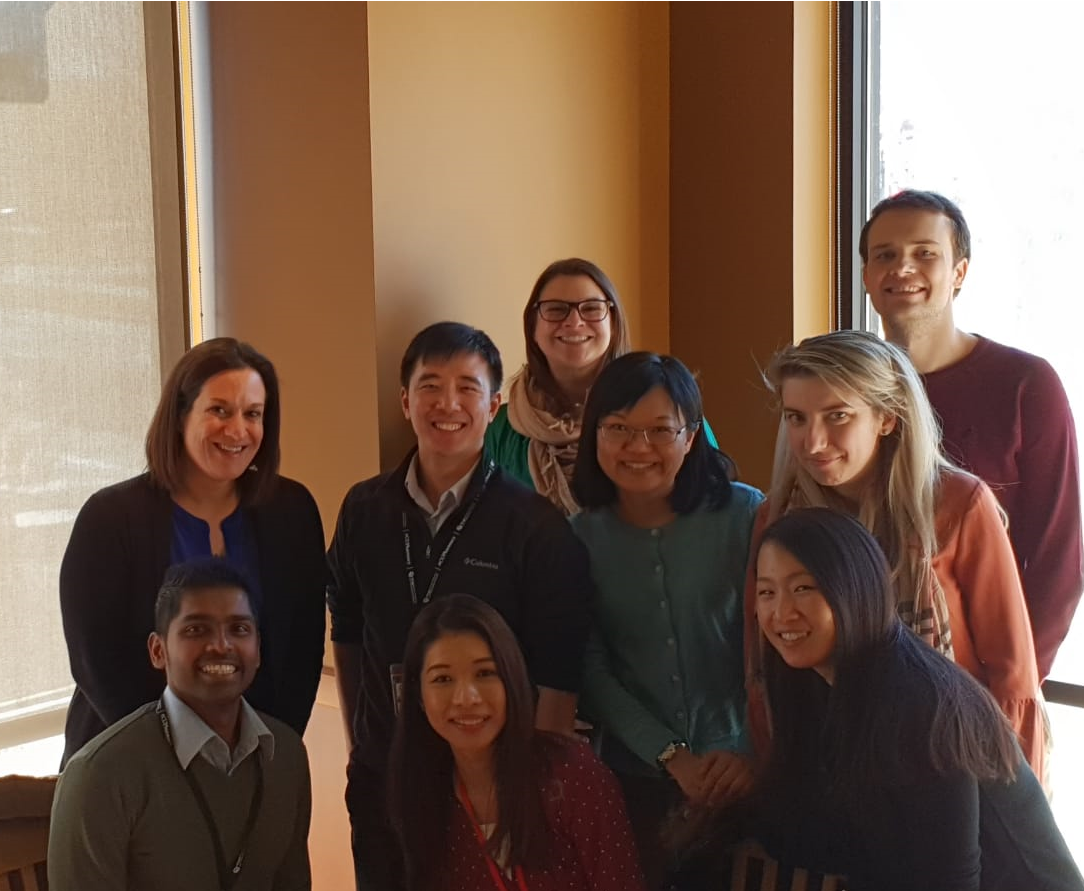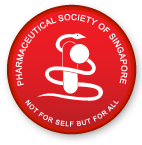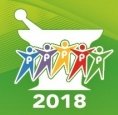In this month’s issue, PSS Hospital Chapter interviewed Dr Niron Naganathar (BSc (Pharm) Hons, Pharm.D.), Dr Fabian Aw (BSc (Pharm) Hons, Pharm.D.) and Dr Jessica Goh (BSc (Pharm) Hons, Pharm.D.) on their experience during their Pharmacogenomics (PGx) Clerkship at the University of Colorado, Denver, USA.
Could you tell us what is Pharmacogenomics all about?
Niron: Pharmacogenomics is the study of how a person’s genes affect their response towards drugs. As we study the human genome, an increasing number of genetic polymorphisms in drug metabolizing enzymes, transporters or drug targets have been identified and these differences translate into inherited differences in drug effects and inter-individual variation in pharmacokinetics.
Why did you choose Pharmacogenomics?
Niron: Personalized medicine is becoming an increasingly important field of study as we realise that there is no “one size fits all” when it comes to pharmacotherapy.
Fabian: In the future, pharmacists will need to be equipped with the necessary skills to provide personalized care to patients. As our profession possesses the best expertise in both pharmacokinetics and pharmacodynamics, we are best suited to analyse and interpret genomic data and deduce its impact on drug effects in individual patients. Pharmacists need to be prepared to advise clinicians and patients on how to interpret these data.
Jessica: My motivations were driven by practicalities. We are already employing CYP2C9 and CYP2C19 genotyping in selected cardiac patients at my institution and I was interested to find out how things are done in America. I feel that pharmacogenomics is one of the key ways clinical pharmacy can advance in making medications safer and more efficacious for our patients.
Tell us more about the institution and its work in pharmacogenomics
Fabian: The University of Colorado, Anschutz Medical Campus (CU Denver), is the pioneer institution for implementation of PGx in Colorado. We were lucky to study under Assistant Professor, Dr Lee Yee Ming. She previously worked in Alexandra Hospital, Singapore. The work on PGx is driven by the Pharmacogenomics Implementation Committee of Colorado, a multidisciplinary workgroup known fondly as “PICColo”. During our clerkship, PICColo was in the midst of implementing its first drug-gene pair, CYP2C19 – Clopidogrel. As of today, the team is rolling out all actionable CYP2C19 drug – gene pairs.
Jessica: Assistant Professor, Dr Lee Yee Ming runs the PGx Executive Clinic with physicians from Denver Health to see complex patients who have failed multiple lines of therapy. The clinical team does a deep dive into these patients’ past medical and medication history to thoroughly investigate previous drug intolerances, medical conditions and genomic reports to optimize patient care.
What were the highlights of the clerkship?
Niron: Having “frontline seats” observing the implementation of a pharmacogenomics programme in a major hospital. We recognized the importance of a multidisciplinary approach in the developmental phase such as laboratory, IT, and operational support. Education to clinicians in this relatively new field is critically important, PICColo adopted roadshows and continued education sessions to train clinicians on how to interpret and apply PGx information in clinical practice. A clinician decision support system was also developed to help integrate this information to aid the decision-making process.
Fabian: The pharmacist-led PGx clinic, described by Jessica was the highlight for me. In some cases, we were able to use the genomic data to explain drug intolerances or lack of efficacy and at the same time, propose alternative agents. For one of our cases, we were able to attribute a side effect to the reduced clearance of an active metabolite of trazodone due to patient’s CYP2D6 poor metabolizer phenotype. In another case of a patient with postmenopausal symptoms, anxiety and major depressive disorder, we were able to use patient’s genomic results to select the most suitable choice. We were fortunate to be able to follow up with one patient and found that our recommendations were spot on!
Jessica: The pharmacogenomics department in CU Denver took great care of us. Knowing that we may not have had the same baseline knowledge and familiarity with the technicalities of genomics, they allowed us to sit in for pharmacogenomics lectures for undergraduate students and participate in tutorials to review the concepts and certain nuances on the given topic. We were given the liberty to derive a drug-gene database for anti-hypertensives and design patient information leaflets to communicate the concepts of what a rapid/poor metaboliser or active/pro-drug were for the PGx clinic.
What were the challenges faced during the clerkship?
Niron: Learning how to interpret primary literature was the most challenging as we were not too familiar with most of the terminology. This exercise taught us to appreciate how genetic studies are conducted and presented. As compared to traditional clinical trials, there were additional criteria that impact the validity of genetic studies.
Jessica: We were tasked to come up with a drug-gene summary report for SLC6A4, a serotonin transporter, that potentially influences the rate of serotonin reuptake. Ploughing through the primary literature to find representative articles on different ethnicities was no easy feat as the evidence on the topic remains controversial. Thankfully, we had many guided tutorials on how to conduct PGx journal club evaluations at the start to get us on the right track in navigating the literature.
Fabian: Communicating the results of a “pre-emptive, panel-based” test was a challenge. Due to varying levels of evidence for different drug-gene pairs, we are sometimes unable to give patient’s concrete advice on their current drug therapy. Due to ongoing research, one future challenge would be communicating significant research breakthroughs to patients especially if these breakthroughs are related to their current treatment.
What is/are the most important thing(s) you learnt about Pharmacogenomics?
Niron: The clerkship enlightened us on the next big leap in the understanding of pharmacology and translating this into tangible benefits for patients. We often think of pharmacology as being supported by the two pillars of pharmacokinetics and pharmacodynamics. We have now come to realise that pharmacogenomics may be the missing link that connects both these pillars and serve to explain the diversity in drug effects among different patients. And understanding this would enable us to streamline medication therapy and truly welcome the advent of precision medicine to our shores.
Fabian: In the implementation process, important decisions need to be made regarding “single versus multiple gene” and “pre-emptive versus “reactive” testing. In Singapore, current gene testing is limited to one or two drug – gene pairs, usually ordered in response to a prescription of a single drug. In CU Denver, practice has moved towards array-based testing, whereby multiple genes are tested in one microchip. Each approach has its own merits and flaws and requires rigorous review.
Jessica: With expanding interest and curiosity in genomics, I do think we will need to consider if that particular gene is of clinical significance and relevance in our local population. Additionally, on the policy front, there is also a need to think about whether gene testing should be mandatory for certain drugs (e.g. HLA-B*1502 genotyping for carbamazepine which is currently in place). A lot more research needs to be done to address these uncertainties. What I have also learnt is that looking at one drug and one gene combinations may not provide all the clarity that we need in practice. Towards the end of my clerkship, I encountered a patient who had a clinically relevant drug-drug-gene interaction. I gather that there might be an entire universe of potentially interacting pathways of clinical significance that remain undiscovered.

Picture taken with Pharmacogenomics Preceptors and Lab Group in CU Denver.
First Row: Dr Niron Naganathar and Dr Jessica Goh
Second Row: Professor Christina Aquilante, Dr Fabian Aw and Assistant Professor Lee Yee Ming.


